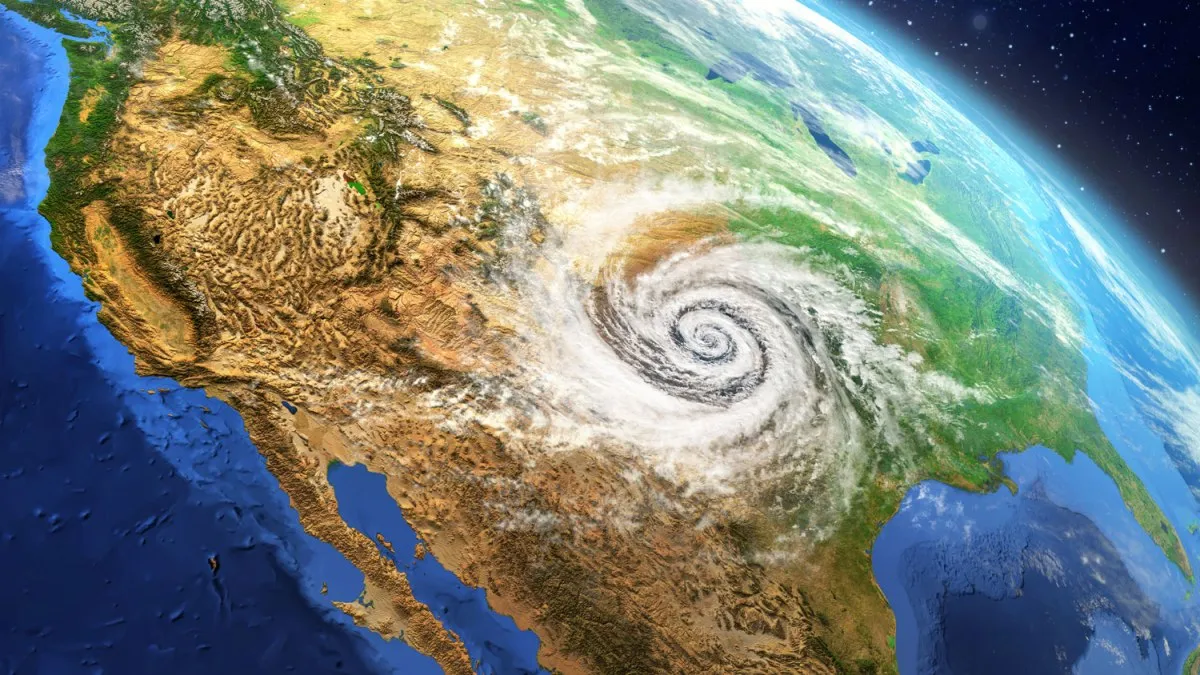
One of Microsoft's latest innovations in the realm of artificial intelligence is the Aurora AI model, which claims to accurately predict air quality, hurricanes, typhoons, and various other weather-related phenomena. In a recent paper published in the esteemed journal Nature and an accompanying blog post, Microsoft elaborated on how Aurora can forecast atmospheric events with enhanced precision and speed compared to traditional meteorological methods.
Aurora has been meticulously trained on over a million hours of comprehensive data, sourced from satellites, radar, weather stations, simulations, and forecasts. This extensive training allows the model to be fine-tuned with additional data, enabling it to make highly specific predictions for particular weather events. The capabilities of Aurora are a significant advancement in the field of AI weather models, positioning it as a potential game-changer for researchers and institutions studying weather science.
While AI weather models are not a new concept, Microsoft aims to establish Aurora as one of the leading performers in this domain. For instance, during tests, Aurora successfully predicted the landfall of Typhoon Doksuri in the Philippines four days ahead of the actual event, outperforming several expert forecasts. Additionally, the model surpassed the predictions made by the National Hurricane Center for five-day tropical cyclone tracks during the 2022-2023 season and accurately forecasted the significant sandstorm that struck Iraq in 2022.
Despite the extensive computational infrastructure required to train Aurora, Microsoft asserts that the model is remarkably efficient in its operation. It can generate forecasts in mere seconds, a stark contrast to the hours that traditional forecasting systems typically require when utilizing supercomputer hardware. This efficiency not only enhances the timeliness of weather predictions but also makes the technology more accessible.
Microsoft is taking a significant step by making the source code and model weights of Aurora publicly available. This move is intended to foster collaboration and innovation in the field of meteorology. Furthermore, the company plans to integrate Aurora’s advanced AI modeling into its MSN Weather app, providing users with a specialized version of the model that delivers hourly forecasts, including detailed predictions about cloud cover.
With the introduction of the Aurora AI model, Microsoft is not only enhancing the accuracy of weather forecasting but also paving the way for advancements in climate science and environmental monitoring. As AI continues to evolve, the implications for predicting weather patterns and understanding atmospheric phenomena are immense.